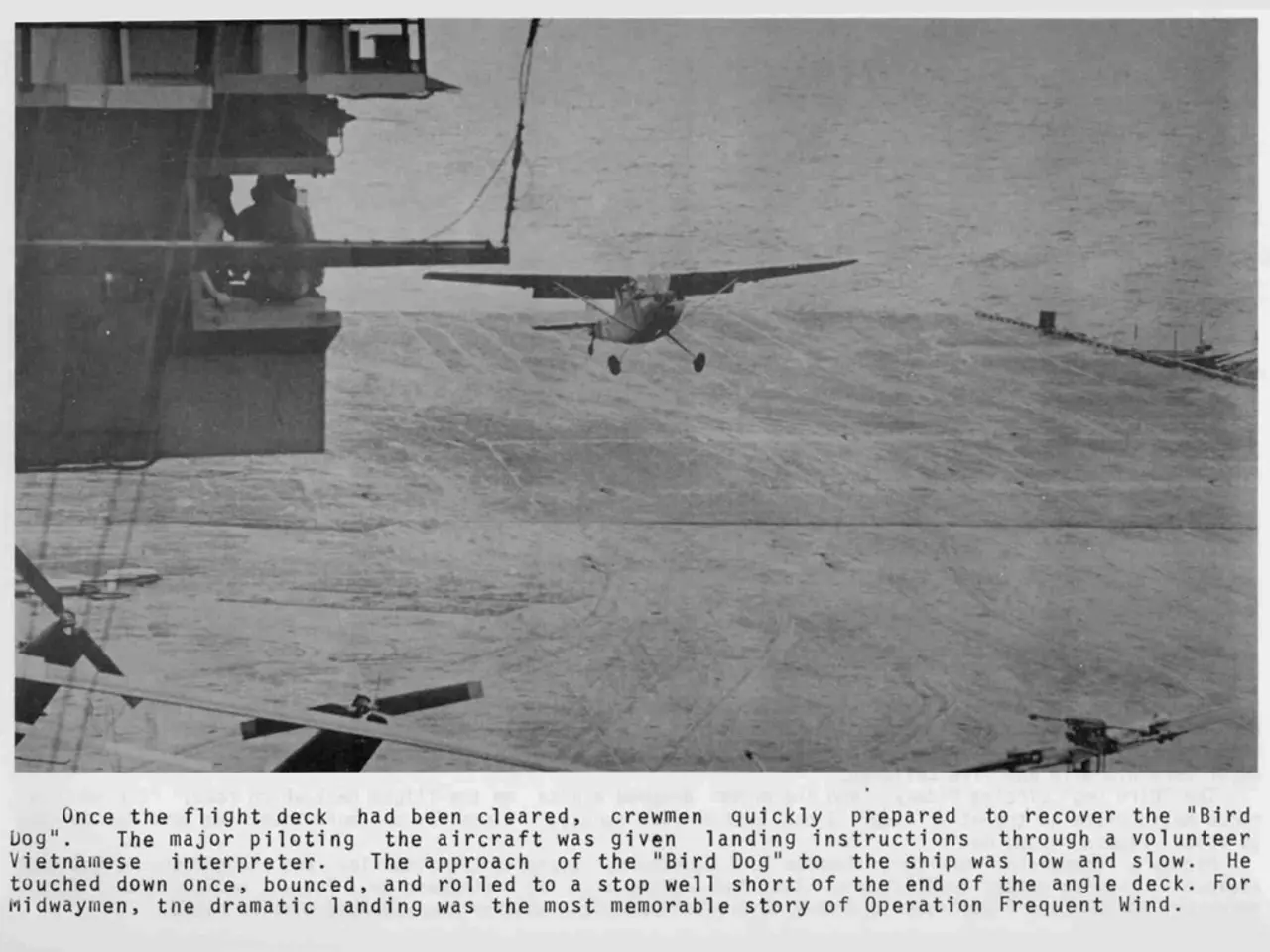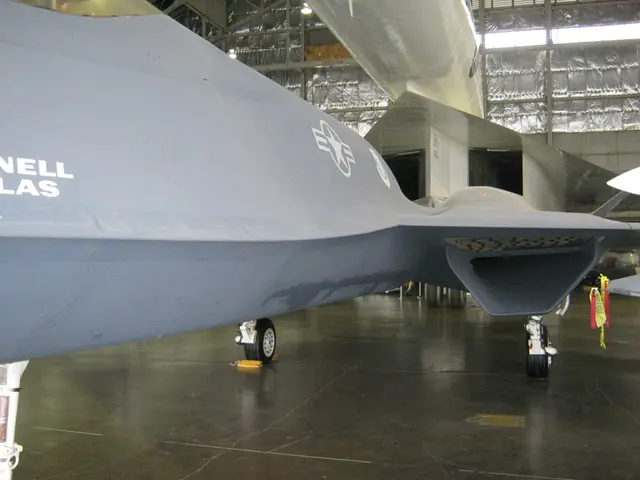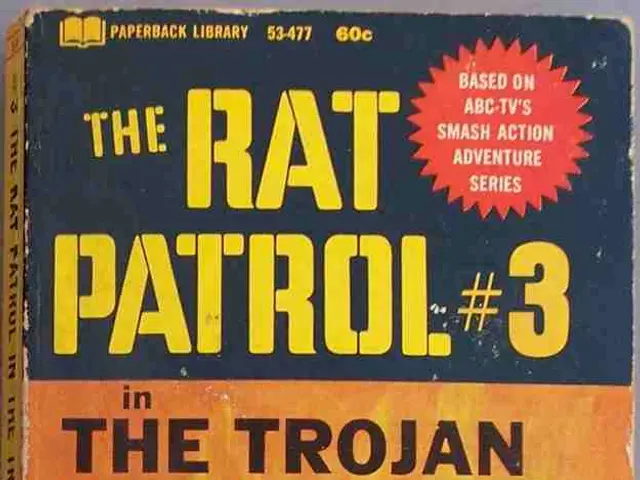Uncovering Espionage in the Cold War Era: How Stolen Designs Contributed to the Creation of Supersonic Aircraft
=========================================================
The Soviet Tu-144, often colloquially known as the "Concordski" due to its striking resemblance to the Anglo-French Concorde, was a supersonic airliner developed during the Cold War era. While the Tu-144 bears a strong resemblance to its Western counterpart, the evidence supporting the claim of it being a Concorde clone is unclear.
The Tu-144's design shares some external similarities with the Concorde, featuring a similar supersonic profile and delta wing shape. However, the Tu-144 differs substantially in several technical and performance aspects. The Soviet aircraft had cruder design elements, including a simpler wing and heavier engines with longer intakes. It also suffered from poor low-speed control and required braking parachutes to land, unlike the Concorde.
Despite the similarities, the Tu-144's development issues do not seem to be directly related to the Concorde blueprints. The primary challenges faced by the Tu-144 were due to pressure on the development team from Soviet leadership, leading to a rushed program and reliability issues. This resulted in two major crashes, one at the 1973 Paris Air Show and another in 1978, which crippled its passenger service and underscored fundamental design and safety problems not present in the Concorde.
The Tu-144 flew faster but had a shorter range, and its engines needed afterburners to cruise supersonically, unlike the Concorde’s more fuel-efficient engines. These performance differences further highlight the distinct nature of the Tu-144.
During the same period, the Boeing 2702 and Lockheed L-2000 were also in development. However, both projects were ultimately cancelled, leaving the Tu-144 and Concorde as the only supersonic airliners to reach production.
In recent years, Lockheed Martin has resurfaced as a player in the race towards supersonic flight for airliners. The Lockheed Martin X-59 Quesst is a new supersonic airplane project being built for NASA to address the sonic boom and fuel usage issues in supersonic flight.
The Tu-144's development and issues are distinct from the Concorde's, but the close resemblance in design, along with allegations of Soviet espionage, has led to the "Concordski" label. Despite its challenges, the Tu-144 represents a unique chapter in the history of supersonic aviation, offering valuable insights into the development of these groundbreaking aircraft.
[1] Concorde: The Race for Supersonic, Channel 4 documentary [2] The Tu-144: The Soviet Concorde, Air & Space Smithsonian, 2015
The Tu-144's development was separate from the Concorde's, but it shares the same era with other supersonic projects like the Boeing 2702 and Lockheed L-2000. Now, Lockheed Martin is re-entering the race for supersonic airliners with its X-59 Quesst project, aiming to address the challenges in supersonic flight. Technology and finance have played significant roles in the evolution of the aerospace industry, with each project bringing unique insights and challenges.








